Background and Timeline

EPA’s proposed Clean Power Plan would regulate carbon dioxide (CO2) emissions of existing generating units through state-level CO2 emission rate standards. EPA estimates that the rule will reduce total U.S. power sector emissions by 30% from 2005 levels by 2030.
Each state is allowed to determine its own optimal plan design and components. With this flexibility, state regulators will need input from generation owners, system operators, energy regulators, and other stakeholders to design plans that achieve compliance while taking advantage of opportunities to minimize compliance costs and improve competitive advantage.
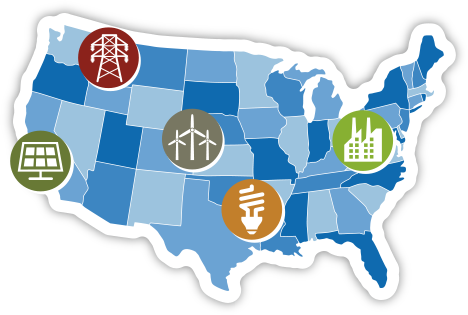




2015 Mid-Summer final rule from EPA
Initial state plans are due to EPA for review in 2016
Final plans due for states acting alone in 2017
For states in multi-state compliance groups, plans are due in 2018
Understanding the Building Blocks to BSER
The Clean Air Act requires that EPA identify the “best system of emission reduction” (BSER), taking into account the costs and benefits associated with potential reduction opportunities in CO2 emission rates. The Clean Power Plan’s four “building blocks” of BSER include:
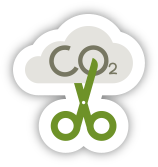
Heat rate improvement to reduce emission rates of coal generating facilities

Fuel switching, or system redispatch from coal to natural gas

Increasing generation from renewables and preserving generation from nuclear units

Growth in end-use energy efficiency (EE) to displace emitting generation
Assessing the Foundations of a State Plan: A Stakeholder Perspective

FLEXIBILITY IN TECHNOLOGY
Affected sources have the opportunity to advise the states on the potential resources and related costs for reducing emission rates, and how they may impact competitive position and power markets.
States have the option of choosing multiple pathways to reduce emissions to meet their target standards. These pathways include “inside the fence” measures at specific facilities, such as heat rate improvements, and “beyond the fence” measures, such as developing incremental renewable generation and energy efficiency.
FLEXIBILITY IN POLICY MECHANISMS
States and affected entities may reduce compliance costs by understanding the pros and cons of each type of policy design and the point(s) of regulation with respect to measuring and achieving compliance.
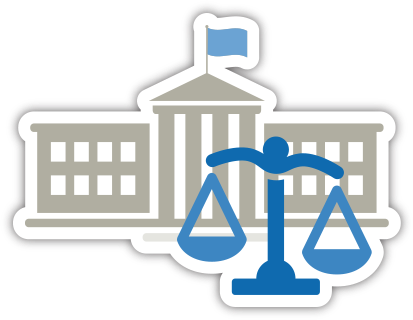
EPA specifies state targets in the form of emission rate standards (in lb/MWh) but allows states to translate those standards to emissions mass caps. However, submitting a plan with a mass cap will require its own careful analysis, as the projected cap will determine the eventual stringency and compliance costs for the state and may constrain generation growth.
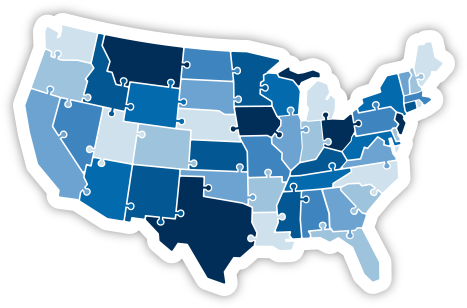
FLEXIBILITY IN GEOGRAPHIC SCOPE
Assessing the relative costs of compliance in potential partner states will help affected sources determine whether they will be buyers or sellers in a multi-state program, and how allowance trading or multi-state averaging will impact compliance costs and electricity prices.
EPA’s proposal allows states to join into compliance groups. Collaborating with an existing program, such as the Regional Greenhouse Gas Initiative (RGGI), may ease the rule making burden, although even RGGI may require some changes. The formation of a new multi-state group might add administrative and regulatory complexity, but also may improve economic
efficiency by expanding the number of compliance options through trading within a cap-and-trade or credit program.
Industry Challenges: Broad Implications
Utilities and other entities across the energy sector will feel the impacts of particular design choices in state plans for years to come. Electric generating units (EGUs) will likely face a potentially wide range of directly enforceable requirements and revenue impacts as part of those plans. Natural gas suppliers, coal suppliers, pipeline owners, and others will be affected through impacts on fuel use and electricity prices.

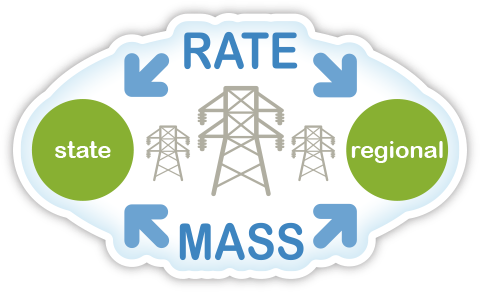
POWER PRICES MOVE DEPENDING ON THE APPROACH THAT STATES ADOPT
The form of regulation, particularly for those programs creating a price on CO2 emissions, will move electricity prices and, therefore, generator revenues. A few potential scenarios include:
- The achievement of the standard through a tradable emission rate limit could result in credits to generation sources that emit below their state standard, potentially putting downward pressure on wholesale prices in some markets.
- A portfolio approach that requires renewable generation through an RPS, energy efficiency through an efficiency standard, and emission reductions at the generation source, could limit impacts on wholesale electricity prices and be primarily felt through retail rates.
- A plan with a mass-based cap with trading would add a positive dispatch cost to all emitting units, and, all else equal, apply upward pressure to wholesale and retail power prices.
- Generators in states that opt to join multi-state groups may benefit from lower cost compliance options in the partner states, or from generating emission reduction credits for sale to partner states.

MULTI-STATE MANAGEMENT REQUIRES ATTENTION
Planning efforts will be particularly challenging for organizations that own or manage generation sources in multiple states. Companies could find themselves keeping up with a host of idiosyncratic state policies across their fleet, especially if they have a presence in states which fall into more than one RTO footprint. The regulatory approaches in neighboring states could also create inconsistent market signals at the borders, or along the seams of state and regional programs, that are equally important in driving market outcomes.
INFRASTRUCTURE NEEDS WILL SHIFT
The Clean Power Plan may shift demands and stresses on energy infrastructure. For instance:

EPA projected coal unit retirements to double by 2030 relative to a business-as-usual case, which could impact system reliability and capacity market dynamics.

Similarly, companies seeking to deploy more wind will need to examine
whether or not there is adequate transmission capacity to support development.

Generators will also need to know whether they have access to adequate gas pipeline infrastructure, and the delivered cost of the fuel, should they need to rely on gas-fired
generation to a greater degree.

States seeking to deploy more distributed generation (DG)—such as solar
PV, and CHP—will need to understand the impacts of high DG penetration on the distribution grid, and how energy storage fits into this plan.
Industry Challenges: Implementation

Utilities could be required to fill new roles as operators of new or expanded programs. For instance, a state plan could require its utilities to develop new end-use
efficiency and distributed generation incentive and potentially deployment programs. In states with expanded programs of this nature, utilities may have higher implementation costs and face greater program complexity. In states developing new programs, utilities must determine approaches that impose the least administrative burden. In both cases, developing the optimal program design will require analysis of the potential compliance resources, locational impacts, development of a plan to reach and encourage adoption, outreach to participants, measurement and verification of uptake, and program administration.
Putting it all Together
Given the high near-term likelihood of a regulatory penalty for CO2 emissions, utilities and generators would be prudent to account for a carbon price in their strategy and planning, and to determine what form of enforcement and regulation scheme would work best for them.
ICF provides the type of integrated analysis that utilities and other stakeholders will require to address the multitude of compliance options and issues with their states. We continue to analyze all facets of the proposed rule to understand the relative contributions of the building block components to state compliance options, as well as the impacts of the rule on individual generating assets and wholesale power markets.
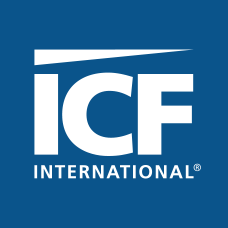

About the Authors

More White Papers

























